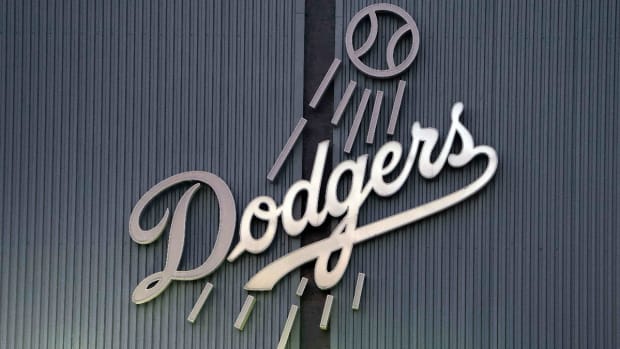The Day Major League Baseball Played Behind Closed Doors
Amid the coronavirus pandemic which has shut down sports worldwide for the foreseeable future, Major League Baseball is considering all options. One route they could go is playing games without fans, at least initially.
It's certainly not optimal, as the ratio of revenue from in-venue sources to media rights is much higher in baseball than in the other big three American sports leagues. However, there is past precedent, as baseball has played one game in its entire history behind closed doors.
That crowdless game was April 29, 2015 when the Baltimore Orioles beat the visiting Chicago White Sox, 8-2. The first two games in the series at Oriole Park at Camden Yards in Baltimore were postponed due to public safety concerns and security issues. Baltimore was under curfew, as civic unrest was engulfing the city.
It all started with Freddie Gray, a 25-year-old African-American male.
Gray was apparently in good health upon his arrest on April 12. But, while in police custody, he suffered a spinal cord injury, fell into a coma and died. Peaceful protests over alleged police brutality began on April 18. But by April 25, the protests had become violent and riots erupted within the city. First responders were needed to quell the riots. They weren't necessarily needed at a baseball game.
The first two games in the Orioles-White Sox series were scrapped and rescheduled for a doubleheader later in the season. For the third game scheduling conflicts prohibited the league from finding another date. Logistical issues blocked the Orioles from moving it to a different venue. The Washington Nationals, located less than 40 miles away, were on a road trip. But later the organization stated that neither MLB nor the Orioles had ever contacted them about the potential use of Nationals Park.
Nor had the Nats even made an offer, and as the Washington Post reported, the two teams were in litigation with each other at the time. The dispute was over revenue from the Mid-Atlantic Sports Network (MASN) cable channel, a joint venture with broadcasting rights for both teams.
So the show went on, only with next to nobody there to see it.
The official attendance was zero, but you did have three scouts seated behind home plate. You also had team staff collecting stray foul balls in the stands and photographers scattered on the concourse. And there were a few stragglers outside the gates getting limited views. Also in attendance were both teams' broadcasting crews, and their commentary could be heard not just by the opposing side's broadcasters, but by the players themselves. Outfielder calls could be heard by everybody in the media section of the park, too.
The press box held 92 reporters that day, by some estimates triple the normal amount of journalists who show up for a random regular-season game.
What everybody involved, players, media, broadcasters, etc., agreed about the experience was this: it was surreal. White Sox manager Robin Ventura told the Chicago Tribune: "I don't think we really want to play another one like this. ... I don't think (the Orioles) do, either."
There were some elements of normalcy, though. "Take me out to the Ballgame" was still played during the seventh-inning stretch. The stadium Jumbotron and sound system carried on business as usual for the most part.
"It was such a weird situation, because there was so much going on around the city and I think so much pain and suffering that could be helped by just turning on the TV," Orioles first baseman Chris Davis told the Baltimore Sun one year after the game.
"It was a hard time for the city and I think, as players, I thought we really hoped we could be a distraction at that point. It's still tough to think about it all now."
As someone who has visited more than two-thirds of Major League ballparks, Camden Yards was my favorite, and by a considerable margin. That's because it combines the first rate amenities with the coziness of the minors.
The first sporting event I ever attended was a 1985 White Sox home game. One lesson learned that day has persisted: You can't put the word "event" in the phrase "sporting event" without the fans.
Baseball isn't the same without the crowd, and that's a position most would seemingly agree with me on. However, baseball, as well as everyone else in the world, is now facing another public safety crisis. This time, it's not limited to just one city and one homestand. If playing behind closed doors, at least in the early going, is what baseball needs to do in 2020, so be it. It's happened before.
Paul M. Banks runs The Sports Bank.net, which is partnered with News Now. Banks, the author of “No, I Can’t Get You Free Tickets: Lessons Learned From a Life in the Sports Media Industry,” regularly appears on WGN CLTV and co-hosts the “Let’s Get Weird, Sports” podcast on SB Nation.
You can follow Banks, a former writer for NBC Chicago.com and Chicago Tribune.com on Twitter here and his cat on Instagram at this link
Photo: Oriole Park at Camden Yards, by Jim, the Photographer, Baltimore MD, August 21, 2013.





